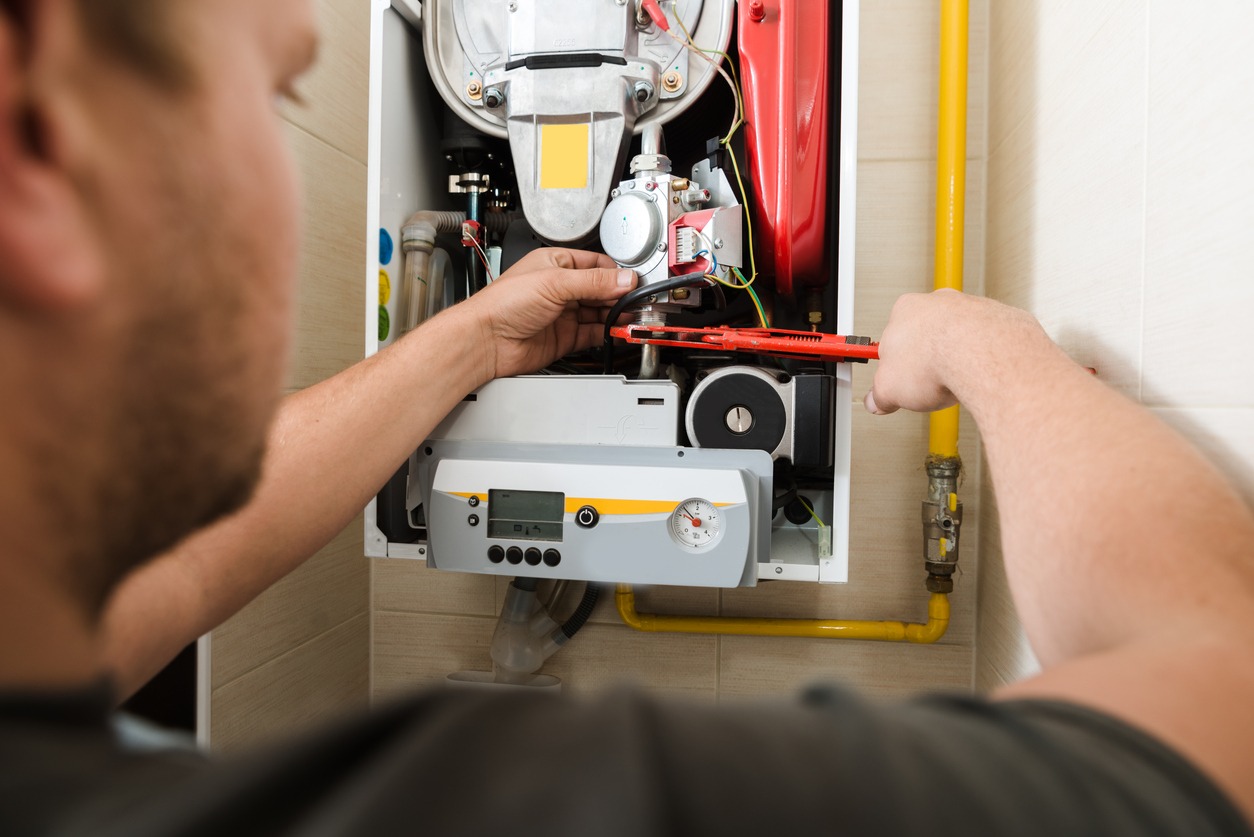Heating is an essential aspect of comfortable living, and furnaces are a popular choice for many households. However, with different furnace types available in the market, it’s critical to understand the features and benefits of each before making a purchase. This knowledge will help you make an informed decision about which furnace installation will best suit your home’s heating requirements. In this blog, we will take a deep dive into the world of furnaces, exploring the different types, unique features, advantages, and important considerations. By the time you reach the end, you’ll have a wealth of knowledge that will empower you to choose the perfect option to meet your home heating needs!
Gas Furnaces
Gas furnaces are the most prevalent type of heating system found in residential homes. These furnaces utilize natural gas or propane as a fuel source to generate heat, which is then efficiently distributed throughout your home. One of the notable advantages of gas furnaces is their high efficiency level, ensuring that you receive consistent warmth even during the coldest weather conditions. Their efficiency keeps you comfortable and contributes to cost savings on your energy bills. Another benefit of gas furnaces is their compatibility with central air conditioning systems, enabling you to enjoy year-round comfort in your home. However, it’s crucial to remember that gas furnaces require proper ventilation to ensure the safe release of combustion byproducts. Regular maintenance is also essential to ensure your gas furnace’s optimal performance and longevity.
Oil Furnaces
Although less common than gas furnaces, oil furnaces are still utilized in some homes as a reliable heating option. Operating on heating oil as fuel, they offer durability and the ability to provide consistent heat, even in extremely cold climates. While oil furnaces generally entail higher installation and maintenance costs than gas furnaces, their resilience makes them attractive for homeowners facing harsh winter conditions. Proper ventilation and regular maintenance are essential for oil furnaces, just like gas furnaces, to ensure safe operation and optimal performance. By considering factors such as fuel availability, maintenance requirements, and climate conditions, homeowners can make an informed decision regarding the installation of an oil furnace, ensuring a warm and comfortable home throughout the colder seasons.
Electric Furnaces
Electric furnaces are powered by electricity, making them a viable option for homes without access to natural gas or oil. They use heating elements to generate heat, which is then distributed throughout the house. Electric furnaces are generally more expensive to operate than gas or oil furnaces due to the higher cost of electricity. However, they are easier to install and require less maintenance. Electric furnaces are also known for their quiet operation and compatibility with air conditioning systems.
Propane Furnaces
Propane furnaces, similar to gas furnaces, use propane as a fuel source. They are commonly used in areas where natural gas is not readily available. Propane furnaces offer efficient heating and are often used in rural or remote locations. However, it’s important to consider the availability and cost of propane in your area before opting for this type of furnace.
Dual-Fuel or Hybrid Furnaces
Dual-fuel or hybrid furnaces combine the use of a gas or propane furnace with an electric heat pump. Depending on the outside temperature, these systems automatically switch between gas or propane and electricity. The heat pump provides efficient heating during milder weather, while the gas or propane furnace takes over during colder periods. This hybrid system offers the advantage of both energy efficiency and versatility.
High-Efficiency Furnaces
High-efficiency furnaces, available in gas, oil, or electric models, are designed to maximize energy efficiency and reduce utility costs. They utilize advanced technologies, such as condensing heat exchangers, to extract more heat from the combustion process. While high-efficiency furnaces may have a higher upfront cost, they can significantly reduce energy consumption and lower your carbon footprint.
Conclusion
In conclusion, when deciding on a specific furnace installation for your home, it is crucial to explore and understand the features and benefits of different types available. Gas furnaces offer cost-efficiency and compatibility with natural gas connections, while oil furnaces provide durability and consistent heat in colder climates. Electric furnaces offer easy installation and quiet operation, while propane furnaces are suitable for areas without natural gas availability. Dual-fuel or hybrid furnaces combine fuel sources for enhanced energy efficiency, and high-efficiency furnaces prioritize energy savings and reduce environmental impact. Consider factors such as fuel availability, installation and maintenance costs, energy efficiency, and environmental concerns when making your decision. Consulting with an HVAC professional can guide you in choosing the right furnace based on your home’s size, insulation, and location. By making an informed decision, you can ensure optimal comfort, energy efficiency, and cost-effectiveness, keeping your home warm and cozy while saving on energy expenses for years to come.

